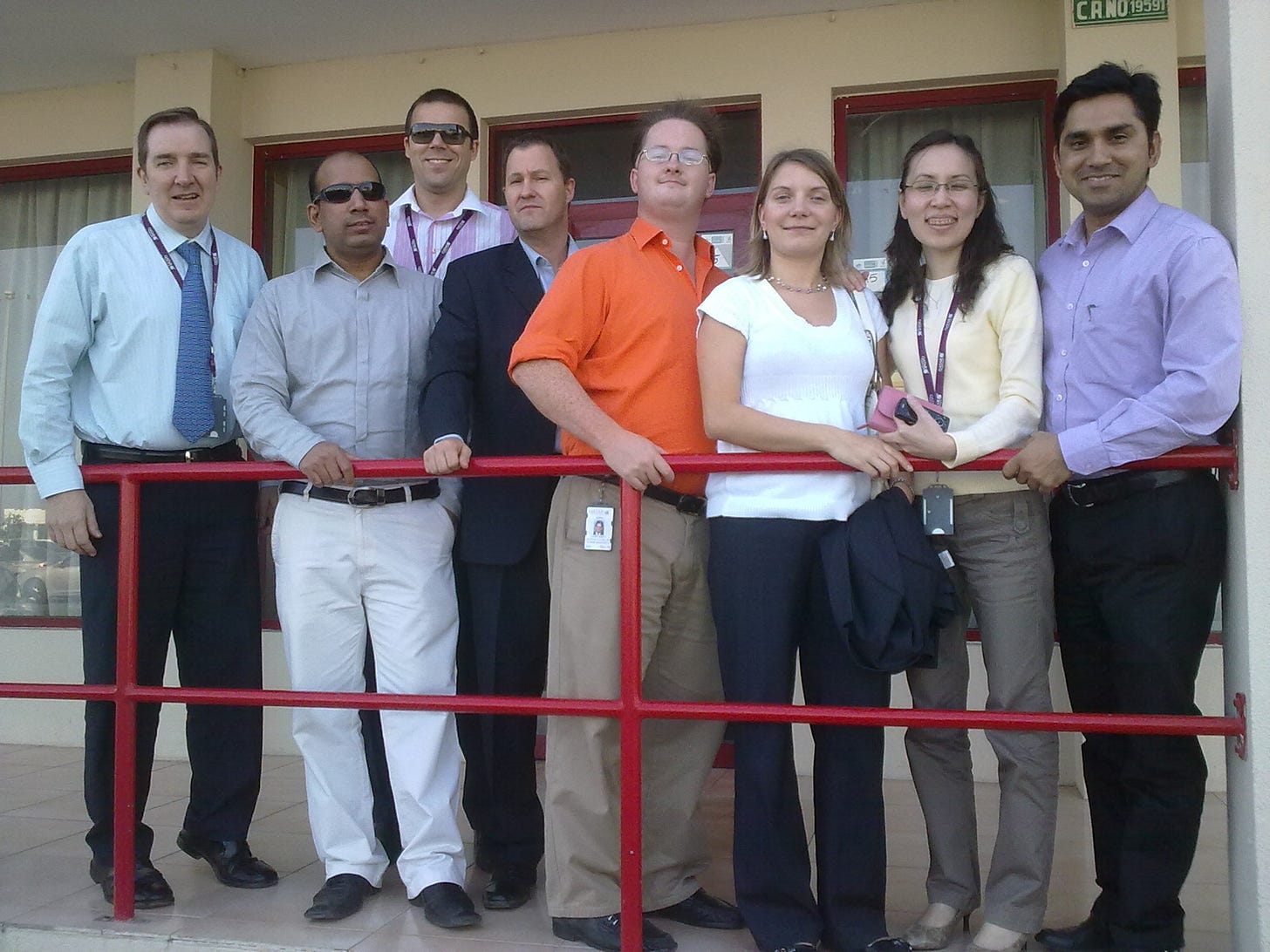New Revenue Management Career Paths
Revenue management career progression is a lottery – and harming airline revenues
The picture above shows the Doha-based pricing strategy team at Qatar Airways on 9th December 2010 – Paul, Faisal, Aljosa, Svend, me, Denisa, Merry and Amit. It was a great group and I would recommend working with them to everyone. Together, with the help of an expanding fleet, we helped Qatar Airways grow annual revenue from $2 billion to $5 billion.
Bu…



